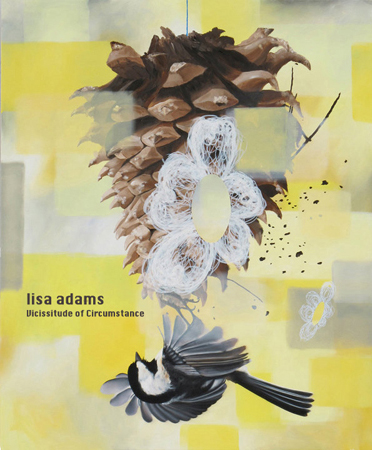Edvard Munch
Director Peter Watkins' classic 1974 film Edvard Munch is a rich and complex look at the life of the angst-ridden Norwegian artist in his native Kristiania (now Oslo), from roughly 1884 to 1894, the formative years in his early career. Filmed in the style of a documentary, period characters speak directly to the camera in their native Norwegian with English subtitles, while the film is narrated in English. Artfully interwoven are scenes from Munch's childhood, of his older sister and mother dying of tuberculosis (a disease that almost claimed the young Edvard, as well), Munch's love affair with the married "Mrs. Heiberg," as well as the political and philosophical debates of the era.
(Edvard Munch was originally created for Norwegian television in 1974, then edited and re-released later as a DVD. This is the only trailer I could find, and the scenes it contains are not in the DVD; the subtitles are in Greek, rather than English, but it does capture the feel of the film.)
In 1884, Kristiania was the capitol of Norway and was ruled by the middle class, the bourgeoisie, which was politically conservative and Protestant. Prostitution was legal and managed by the police, yet there were no child labor laws. Nearly one third of the industrial labor force was made up of boys and girls working as many as 11 hours a day.
Nihilism, anarchy and the works of Karl Marx were sweeping across Europe. Munch identified with a group of young bohemians, radical writers, artists and students, who believed in free love and the overthrow of the bourgeoisie. They also believed that all evil could be traced to Christianity.
In answer to Christianity's Ten Commandments, Munch's Bohemian group published nine of their own. Among them were: to never borrow less than 5 kroner; to never wear celluloid cuffs; to never fail to make a scandal in the Kristiania Theater; to never regret; to sever all family bonds; and to take one's own life.

Edvard Munch, fourth version of the painting The Sick Child, 1907
Much of the film focuses on Munch's work "The Sick Child," a painting about the death of his sister. "Illness, insanity and death were the black angels that kept watch over my cradle and accompanied me all my life," Munch would later recall. The breakthrough painting came from the deep soul-searching of this period of his life and is often cited as the first Expressionist painting. The painting was strongly attacked by both the press and the public.
This hauntingly beautiful film is long, nearly three hours, but captivating. It deftly avoids the usual pitfalls and stereotypes of depicting an artist's motivation, soul-searching, life and work. It ends too abruptly, however, and gives no hint of Munch's long career and life to come.
* * * * *
Lisa Adams: Vicissitudes of Circumstance

The timing of the release of Zero+ Publishing's monograph, Lisa Adams: Vicissitudes of Circumstance, could not have been better for us. The book arrived the same week as the opening of Offramp Gallery's Lisa Adams: Born This Way, which runs at the gallery through Oct. 9, 2011.
The beautiful hardcover book contains 30 color plates of Adams' oil paintings, along with an introduction by Los Angeles writer Ezrha Jean Black and an essay by theater and art critic James Scarborough.
Click here for more information.
* * * * *
MFA Debate Video
The post I did on the debate I participated in over the summer, "MFA: Is It Necessary?" has by far gotten the most hits and reposts of anything I have written to date. But the post only gives my side (con) of the debate. So, as promised, here is the Artillery Magazine video of the entire debate. My esteemed opponent is art collector Marlene Picard. (She gets a real zinger in on me in her first rebuttal. Touché, Marlene!)
Click here for more Artillery Magazine videos and debates.

